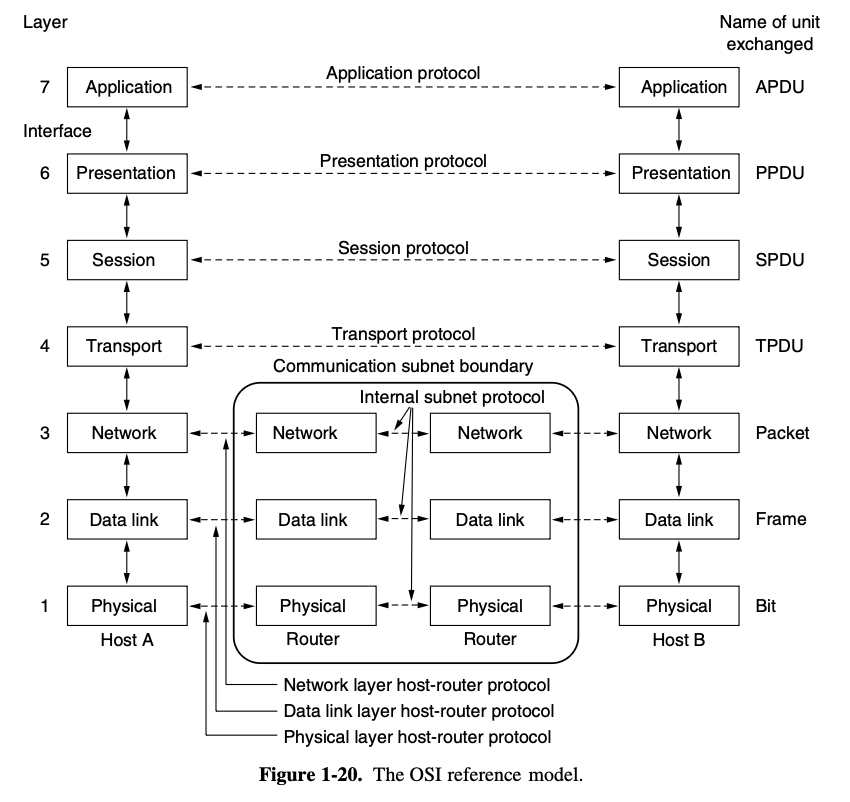Hop-by-Hop (Layers 1–3): Data changes at every router or switch
End-to-End (Layers 4–7): Data stays consistent from source to destination
Layer 2 (Data Link): MAC Addresses
- Switches use MAC addresses to forward frames within the same local network (same subnet).
- Routers discard the old Layer 2 header and attach a new one for the next hop.
MAC addresses are updated at every router.
Layer 3 (Network): IP Addresses and Routing
Routers operate in two key steps:
- Routing decision – Determine the next hop using the destination IP.
- Frame rewrite – Strip off the incoming Layer 2 header, attach a new one for the next link.
Router in the Middle (packet still in transit):
- Reads the destination IP, consults its routing table.
- IP addresses (source and destination) remain unchanged.
- Rewrites the Layer 2 frame and forwards the packet.
Frame is updated, but IP stays intact.
Destination Router (last hop before your device):
- Sees the destination IP matches its public-facing IP.
- Looks up its NAT table to find the internal (private) IP.
- Rewrites:
- Destination IP:
203.0.113.1 → 192.168.1.100 - Destination port (if using PAT)
- Destination IP:
- Forwards to the actual device (phone, laptop, etc.)
This rewrite of an IP packet is exactly where the boundaries are broken.
TL;DR
- Layers 1–3: Change at every hop — physical signals, MAC headers, and routing decisions.
- Layers 4–7: Stay consistent — the actual application-level data stream doesn’t change across the network.
Takeaway
The OSI model was meant to have clean, layered separation — but NAT broke that. When routers rewrite destination IPs (Layer 3), the “end-to-end” nature of the stack gets blurred.
With IPv6, we can avoid NAT altogether and restore the original boundary between hop-by-hop and end-to-end behavior. The destination router won’t need to rewrite the IP — it can forward cleanly to the intended device.
